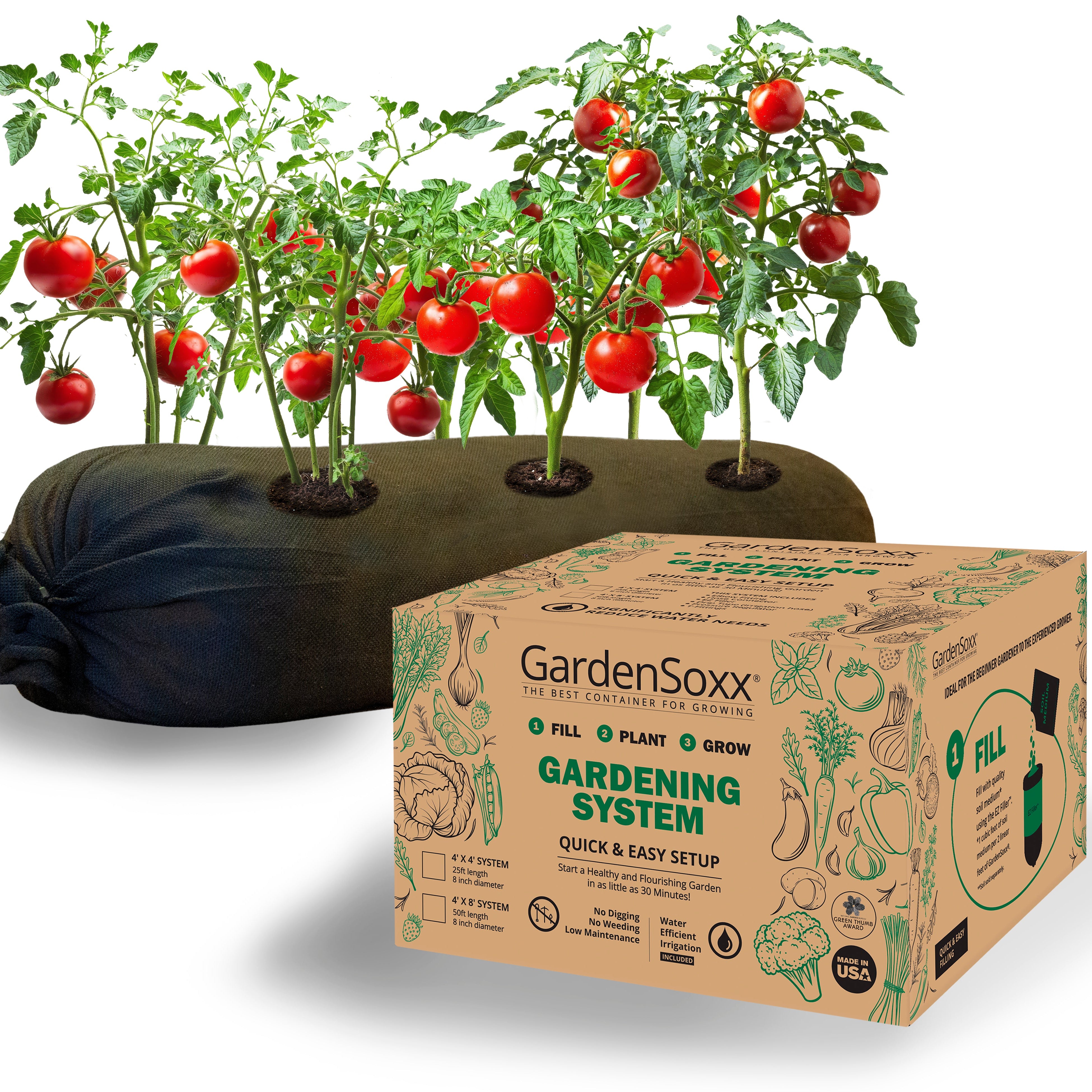Sage
Aromatic and earthy, Sage is a common herb used to flavor dishes that incorporate other rich ingredients that can stand up to its bold taste. Use it to flavor stews, poultry, pork, or pasta dishes that use other strong-flavored ingredients like mushrooms, bacon, and cheese.
In addition to cooking, sage is also commonly used for tea or smoke smudging due to its mood-lifting aroma and anti-bacterial properties.

Growing sage in GardenSoxx® | Plant Family: Lamiaceae
Nutritional Information For Sage
Nutritional Facts - per 100/g
| Nutrient | Amount | % Daily Value |
|---|---|---|
| Calories | 300 | - |
| Total Fat | 15 g | - |
| Sodium | 0 mg | - |
| Potassium | 1000 mg | - |
| Dietary Fiber | 50 g | - |
| Sugar | 0 g | - |
| Protein | 0 g | - |
| Vitamin C | - | 33% |
| Iron | - | 150% |
| Vitamin B6 | - | 176% |
| Magnesium | - | 95% |
| Calcium | - | 115% |
How to Grow Sage in Your GardenSoxx®
Sage can be slow-growing while it is first getting established and we recommend planting it from a purchased seedling instead of from seed. Plant seedlings in well-draining soil, about 12 inches apart in an area that receives full sun.
Sage Seed to Harvest Time: 75 days

How to Harvest Sage
It is important to not overharvest sage, especially in the first year of growth. Harvest leaves as needed, pinching stems under the first or second set of leaves, allowing the plant to fill out and become more hardy. Once the plant is well established, it can be harvested a bit more frequently without compromising its future growth.


















































